How To Check Running Apps On Android
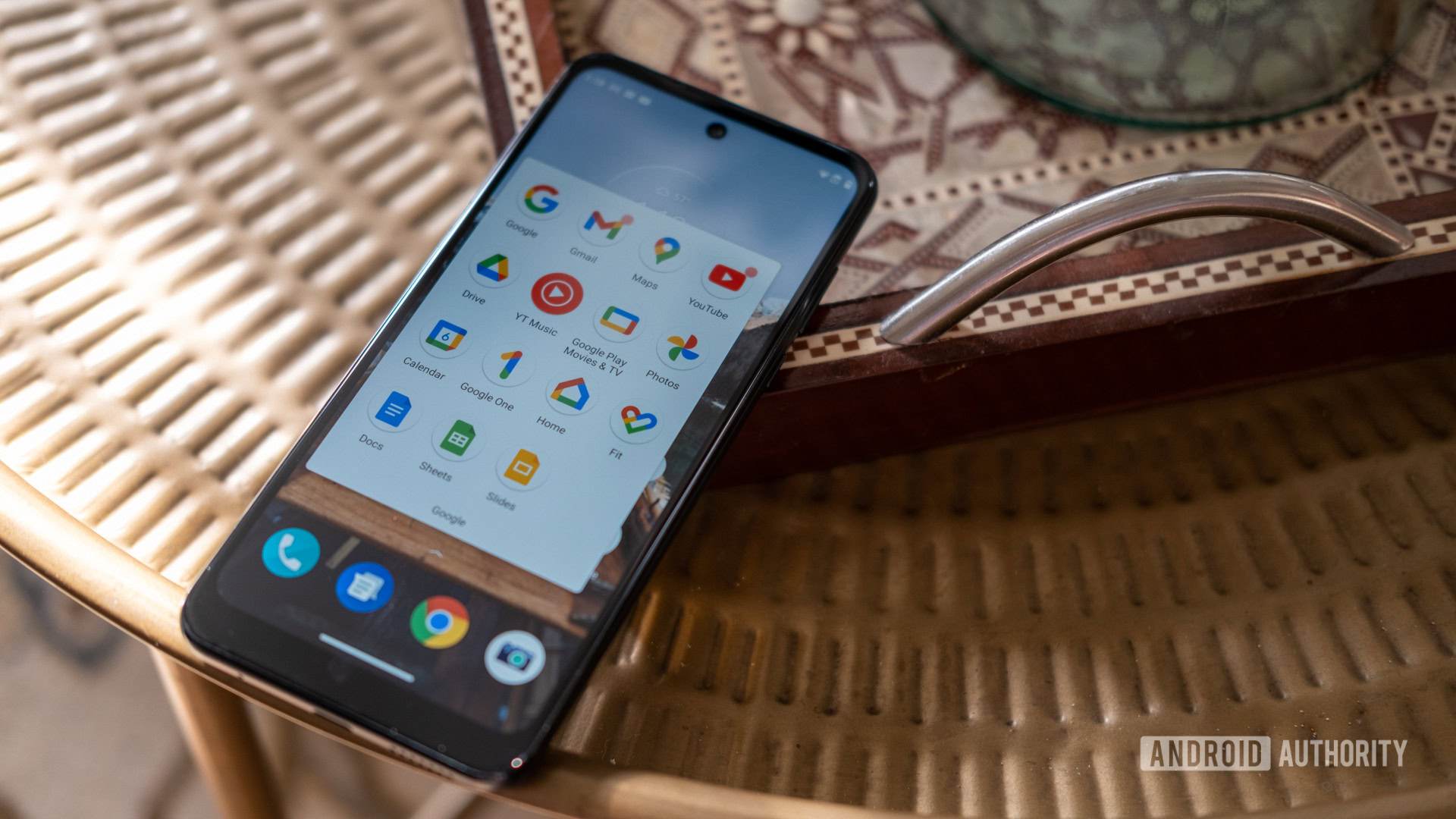
Ryan Haines / Android Authority
Having your battery drain faster than expected is one of the biggest headaches with any Android phone. Tracking down a charger and plugging in shortly after a full charge overnight is always a sad feeling. If you're ready to thwart your battery woes, a simple culprit may be to blame. Here's what you need to know to conquer background apps.
These apps can sap your battery and precious resources, but there may be a few different causes for your problems. Some apps might not be well optimized, some might be malware, or some might be buggy. All you need now is a little know-how, and we'll have you living the charged life shortly.
Editor's note: Some of the steps in this article were put together using a Google Pixel 4a with 5G running Android 12. Keep in mind steps may differ, depending on your hardware and software.
Update your device!
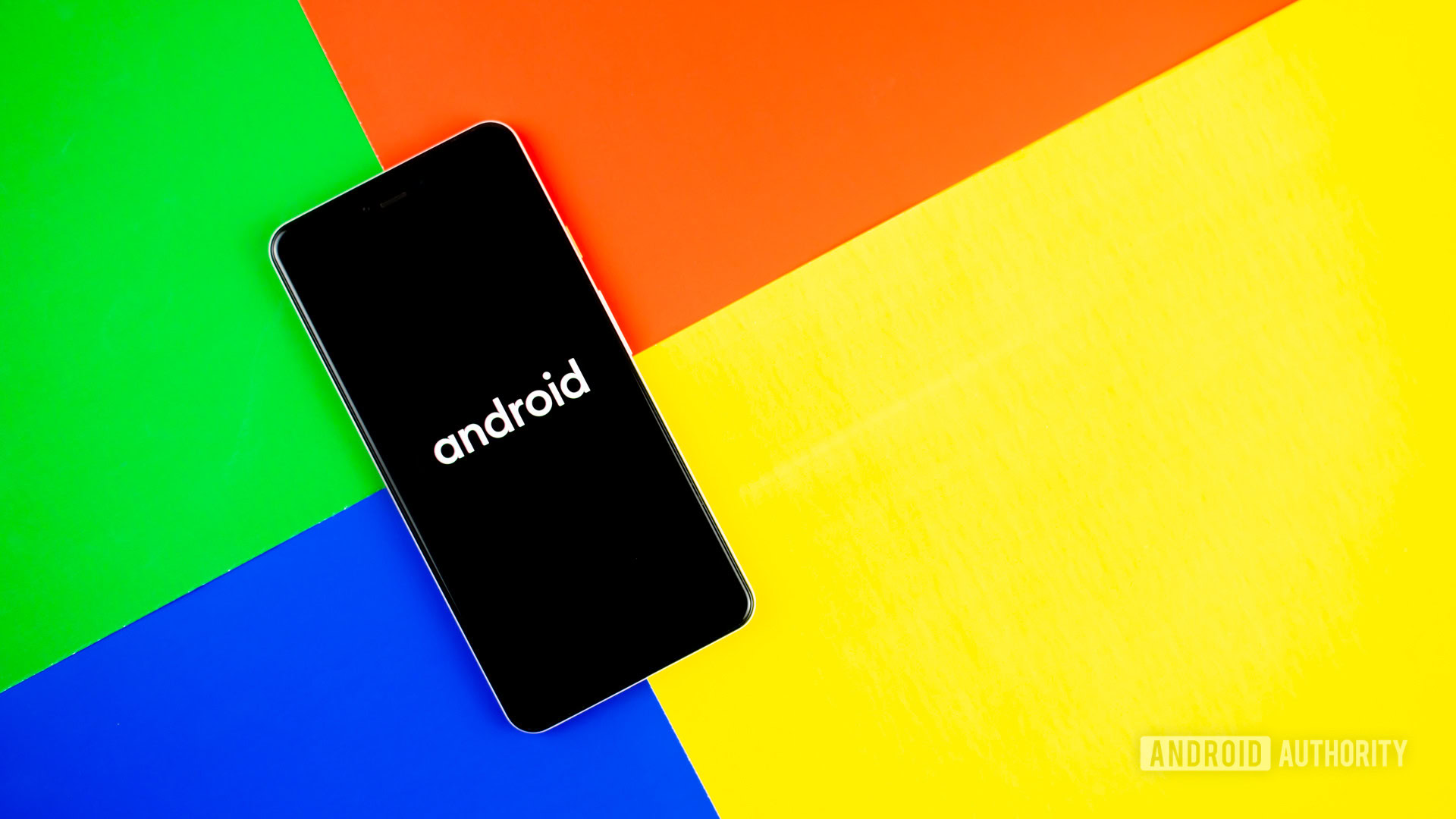
Edgar Cervantes / Android Authority
Android updates often include battery improvements, bug fixes, and performance upgrades. All of these make for a more efficient device, which in turn can improve the way your handset handles background apps. This is why you should always keep your device updated to the latest Android version available.
How to check for Android updates:
- Open the Settings app.
- Go into System.
- Tap on System update.
- This page will let you know if there's an update available. You can also Check for updates.
- If there's an update available, follow on-screen instructions to install the update.
More: When will your phone get Android 12?
Similarly, app updates can also bring improvements, so always make sure you're running the latest version of all your applications.
How to check for app updates:
- Open the Google Play Store.
- Tap on your profile picture in the top-right corner.
- Select Manage apps & device.
- Go into Updates available.
- Hit Update all (if available).
Take advantage of Adaptive Battery, if you can

Many phones are still running on Android 10, even though Android 11 has been out for a while, and the latest devices now sport Android 12. Luckily, that's good news for everyone. Android 10 introduced excellent power management features that limit background apps and extend your phone's battery life.
One of them is called Adaptive Battery, which uses machine learning to figure out which apps you'll use in the next few hours, and which ones you won't use until later, if at all, that day. Based on your usage patterns, it places each app into one of the five App Standby Buckets: "Active," "Working set," "Frequent," "Rare," and "Never." Each of these buckets has its limitations for how many resources the apps it contains can use.
Related: How to extend your Android phone's battery life
To put it simply, an app placed in the "Never" bucket is hardly ever used, which is why the system will limit its access to resources like the CPU. This means it will use less battery. On the other hand, apps in buckets like "Active" are the ones you use the most and will get full access to the system's resources, so you can expect to get all your notifications on time.
The process is automatic and dynamic, which means the system learns your usage pattern over time and moves the apps from one bucket to the other accordingly.
How to turn on Adaptive Battery:
- Open the Settings app.
- Select Battery.
- Go into Adaptive preferences.
- Toggle Adaptive Battery on.
Check what's draining your phone
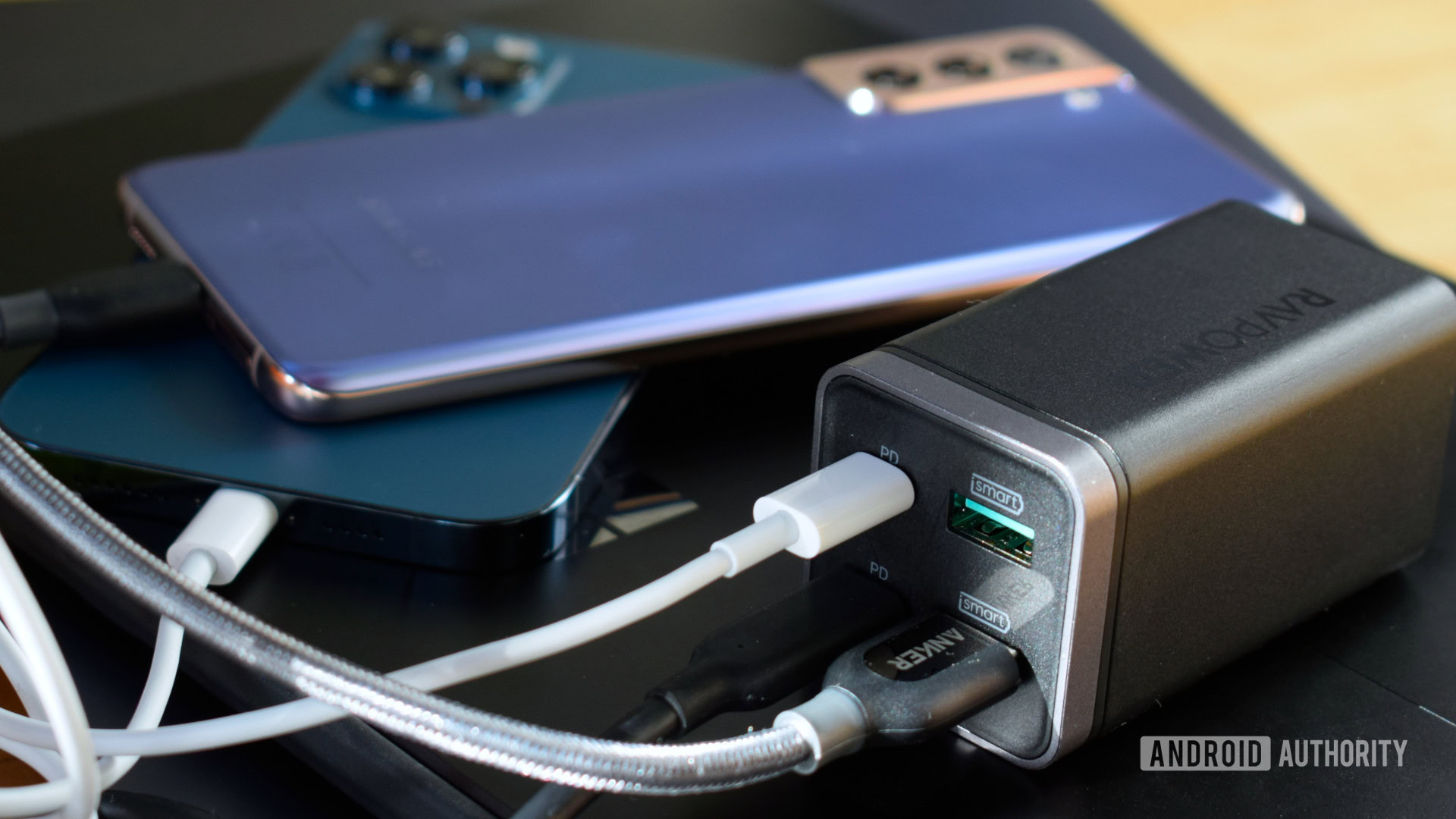
Robert Triggs / Android Authority
Battery
Since battery life is so important, it's well monitored by your Android OS. To look at the background apps guzzling power, go to Settings > Battery > Battery Usage. You'll get a list of what's draining your battery, and by how much. Depending on your device and software, the apps will be split into either system or non-system apps or by hardware and software to make things even more accessible.
The more you use certain apps, the higher on the list they'll sit. Look out for any apps you don't recognize, or ones you don't use often but still use a significant amount of battery. Any app using over a few percents is worth looking into — saving five percent here or four percent there will add up. Anything that's a Google app or service is probably not something to worry about and just a natural part of Android and Google's Services.
Read: Charging habits to maximize your battery life
RAM
Using Developer options, you can also check out which apps dominate your phone's limited memory, also known as RAM. It may be that an app is not using a lot of battery, but when you're only working with 2GB of RAM and an app you're not using is taking up a few hundred MB, leaving you short on available memory.
How to check RAM usage:
- Open the Settings app.
- Go into System.
- Tap on About phone.
- Scroll down to the Build number and tap on it seven times to enable Developer options.
- You'll be asked to enter your PIN. Go ahead.
- You're now a "Developer."
- Go back to the main Settings menu.
- Go into System.
- Select Developer options.
- Hit Running services.
Here you can view which processes are running, your used and available RAM, and which apps are using it up. Again, some of these services are essential to keep your phone running. It would be best if you were primarily looking for demanding apps you've downloaded.
Related: How much RAM does your phone need?
Stop the app, kill it, or uninstall your background apps
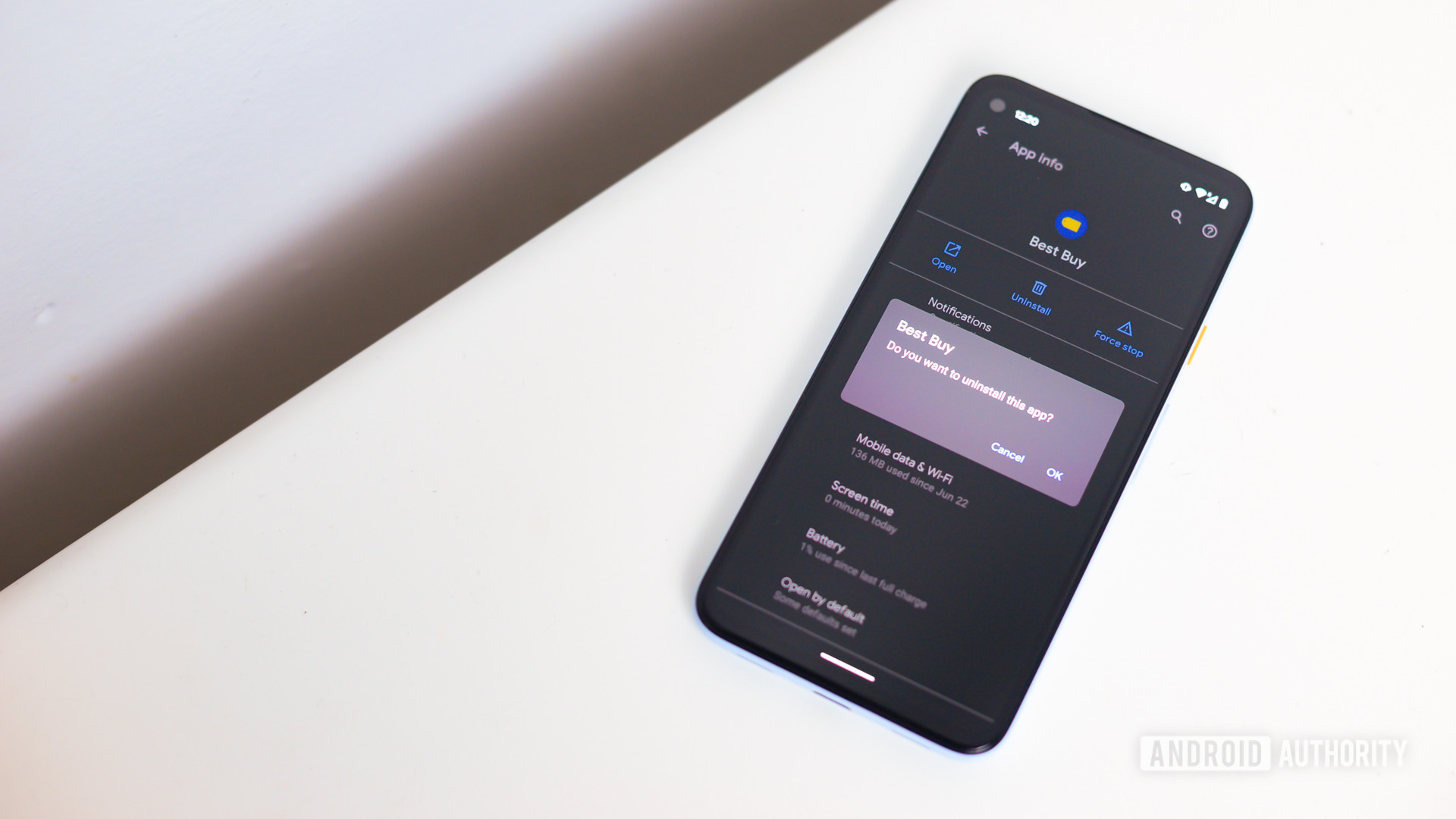
Edgar Cervantes / Android Authority
Once you've found your culprit, you have to know what to do next. Luckily, you have a few options to choose from if you don't want to remove the app entirely.
Close a background app using Developer options:
- Open the Settings app.
- Go into System.
- Tap on About phone.
- Scroll down to the Build number and tap on it seven times to enable Developer options.
- You'll be asked to enter your PIN. Go ahead.
- You're now a "Developer."
- Go back to the main Settings menu.
- Go into System.
- Select Developer options.
- Hit Running services.
- Tap on the app you want to stop.
- Hit Stop.
- Select OK.
How to force stop or uninstall an app:
- Open the Settings app.
- Select Apps.
- Go into See all apps.
- Find the app you want to force stop and tap on it.
- Select Force Stop.
- Alternatively, you can hit Uninstall to get rid of it.
More: How to delete apps from your Android device
Limit problematic background apps
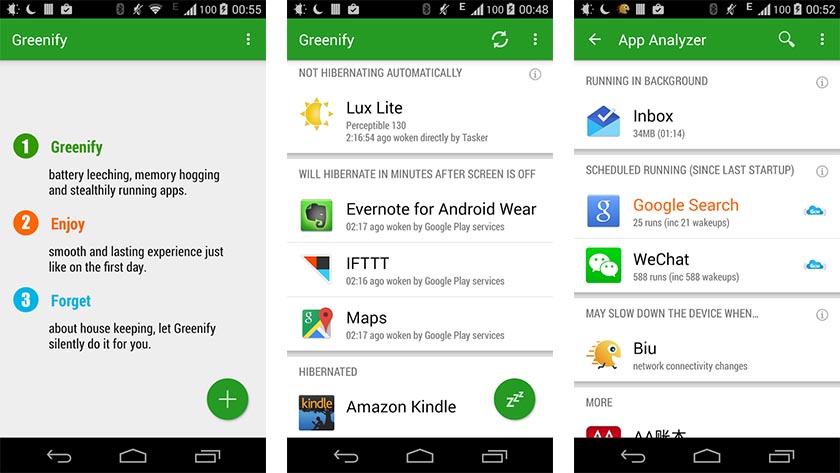
If you want to keep using an app that appears to have high demand, you might be able to limit what it can do.
Some Samsung and Huawei phones include OS options to manage background apps. In Battery Settings, Huawei offers an App launch option, which allows you to identify specific apps, restrict launches, and target power-saving measures. Samsung also offers a power-saving option to help manage apps.
If you don't have access to a proprietary built-in option, there are good apps that help. The perennial favorite is Greenify, which offers fine controls over apps and places them in hibernation. If you have a rooted phone, you'll have even more control, but it works well with standard devices too.
One problem with apps like this is that you have to introduce another app to monitor your device. In our popular post titled 13 tricks and hacks to speed up Android, our own Adam Sinicki noted that while background apps can kill the battery, background app killers can also slow you down.
Booting an app from nothing takes longer and uses more battery than switching to one that is paused. If you open an app that requires more memory, Android will automatically kill the least important ones to free up space. Task killers can actually end up slowing your device down.Adam Sinicki
What next?
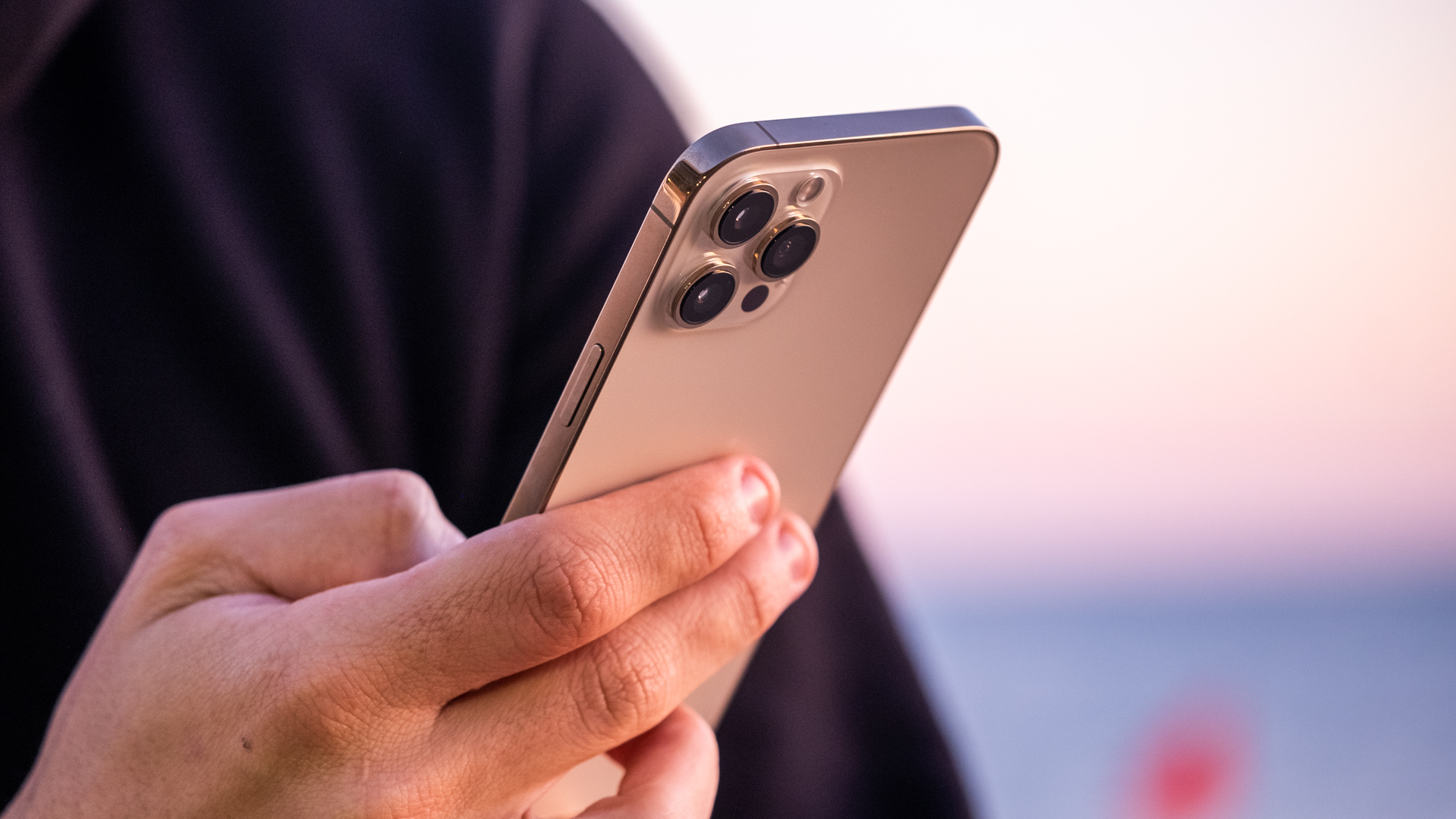
David Imel / Android Authority
Android 12 is landing for most people, and we expect Google to continue upgrading Android's ability to control any apps that make your life harder. With that in mind, all we can do is wait for improvements and use the suggestions above to improve our current situations.
How To Check Running Apps On Android
Source: https://www.androidauthority.com/stop-android-background-apps-664842/
Posted by: harringtongraints.blogspot.com

0 Response to "How To Check Running Apps On Android"
Post a Comment